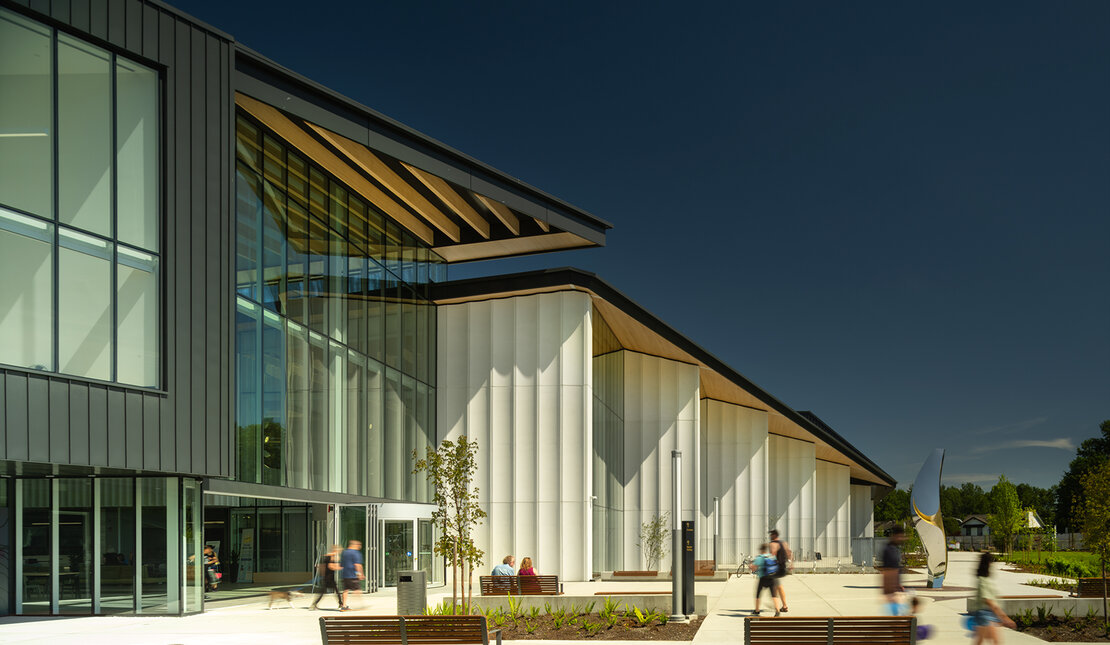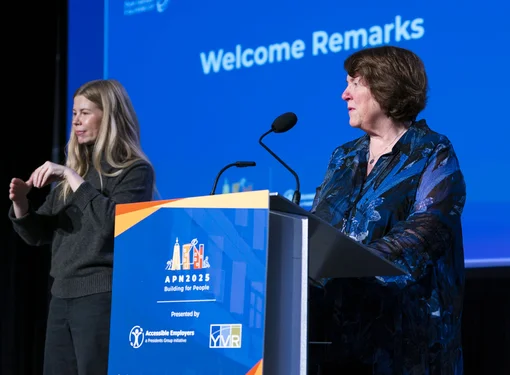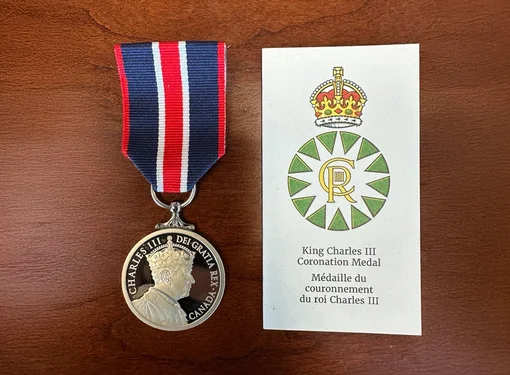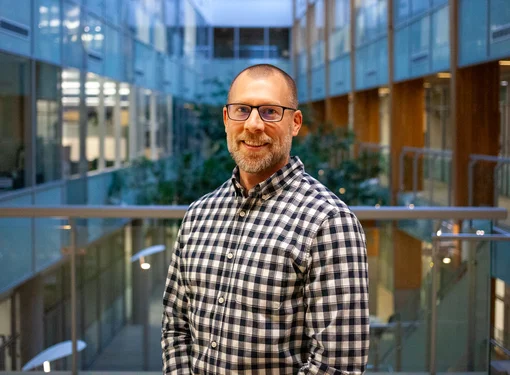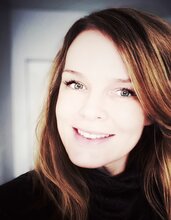A Historic City Makes History with Accessibility
The land of New Westminster and its buildings tell a long story. New West, referred to colloquially, is British Columbia’s oldest city, incorporated in 1859 and the province’s first capital city from 1859 to 1866.
In 2024, the City of New Westminster stepped firmly into the future with international recognition of its təməsew̓txʷ Aquatic and Community Centre as one of the world’s most beautiful sports venues. The prestigious Prix Versailles Selection Committee celebrated the facility for its innovation, inclusivity and accessibility, and connection to local heritage, beating out impressive company like Beijing’s Workers’ Stadium and the Olympic Aquatic Centre in France.
What sets təməsew̓txʷ apart isn’t just architectural grandeur – its vision and values that underpin its design. Part of being awarded such high praise on the global stage is its Rick Hansen Foundation Accessibility Certification™ Gold achievement, highlighting how the centre went above and beyond in accessibility.
“This was a facility designed not just as a physical space, but as a community hub where everyone feels welcome. Accessibility, climate action, and truth and reconciliation were non-negotiable priorities,” said Corrinne Garrett, the City’s Deputy Director for Recreation Services and Facilities.
Community at the Core
From the outset, the təməsew̓txʷ project emphasized inclusivity. Over two years, more than 3,000 community members participated in engagement sessions. Indigenous groups, multicultural organizations, and an accessibility committee contributed their insights.
"Our community was very clear about what they needed," Corrinne said. "Accessibility was at the forefront of every conversation, and it guided our entire process."
The Centre was designed by hcma architecture + design. That team included Darryl Condon (a designated RHFAC Professional, meaning he has been through the RHFAC program and has the skills to rate buildings for their meaningful accessibility), Paul Fast, and Alexandra Kenyon. Their expertise was critical in ensuring the centre was designed with purpose from the outset, showing how the initial investment in thoughtful planning brings long-term benefits to the community.
The result is a space that redefines what a community centre can be. Universal Design principles are evident throughout the facility. A sampling: high-contrast braille signage, ramps, universal washrooms, zero-entry pools, a transfer ledge in the adult hot pool, and a moveable floor in the 50-meter pool.
One of təməsew̓txʷ’s standout features is the dual natatoriums which allow for unparalleled flexibility. "We can offer privacy, sensory-friendly, and women-only swims without closing the entire facility," Corrinne said. “Automated blinds, privacy tarps, and sound-dampening measures create safe, welcoming spaces for all. This is important because, historically, women-only swims were scheduled late at night or required costly rentals. Now, we can accommodate these needs equitably at any time of day."
The sensory-friendly design extends beyond the pool areas. New West worked with groups like the Autism Network to ensure the space meets their needs. This translates to adjustable noise levels, controlled water features, and advanced sound field technology that all work together to provide a calm environment for individuals with sensory sensitivities.
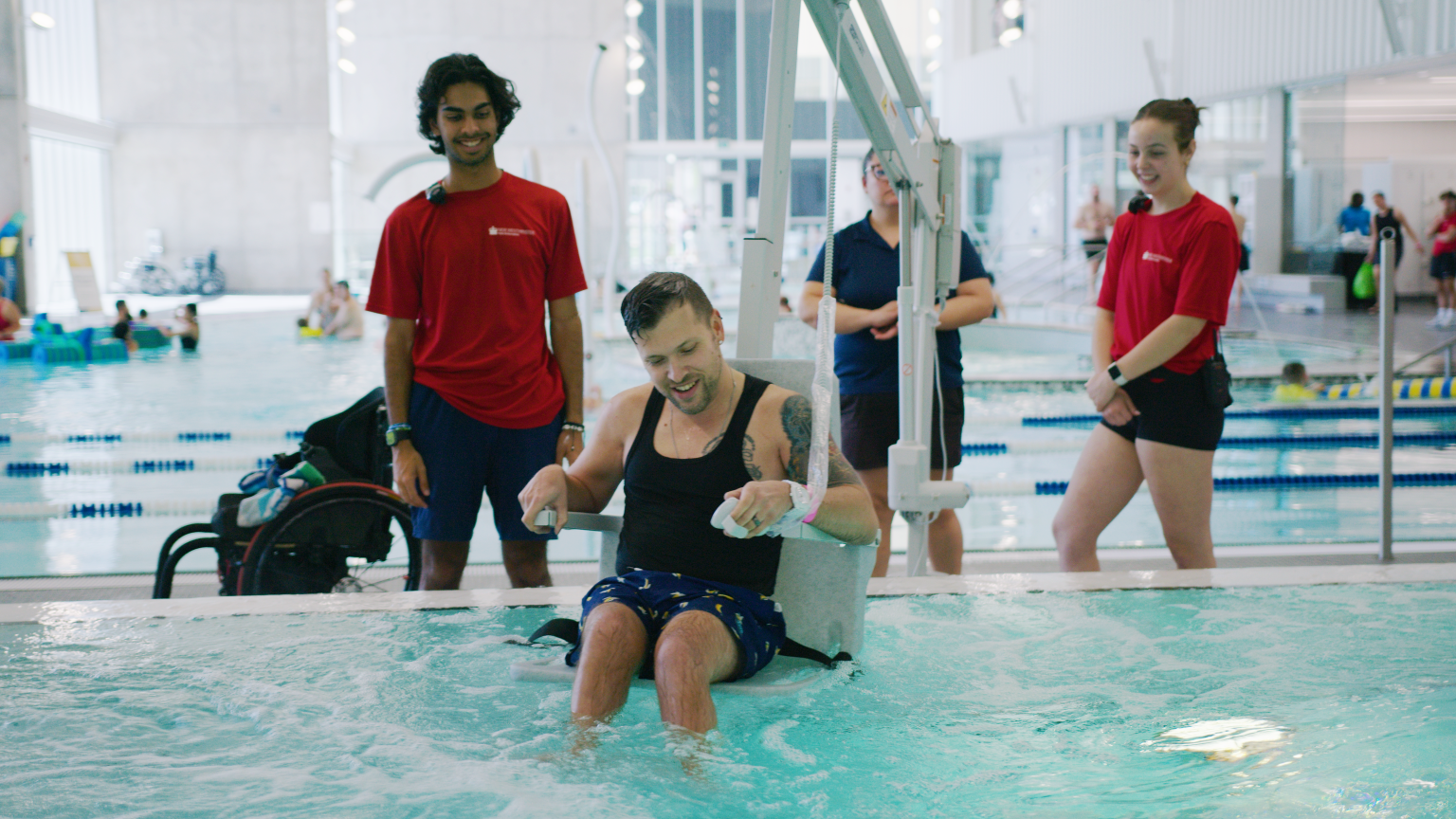
Honouring the Past, Building for the Future
təməsew̓txʷ Aquatic and Community Centre replaces Canada Games Pool, a beloved but outdated facility built for the 1973 Canada Summer Games. The City understood how much the old pool meant to its community, and arranged a farewell tour where residents shared their stories. There was the couple who met in the pool 35 years ago and later married. Then there were the regulars that sat in the shallow pool every morning, discussing how they would solve all the world’s problems.
The new Centre had big shoes to fill. But, as Corrinne acknowledged, Canada Games Pool had reached the end of its life, decommissioned in 2021 after a leak in the pool’s main tank was discovered.
"While the old pool had its charm, it simply couldn’t meet the needs of our growing and diverse community," she said. “There was no elevator, just stairs, and the gym was reminiscent of a 1970s muscle gym.”
The learnings at təməsew̓txʷ around accessibility were so valuable that the city decided to use it to inform its other sites.
“When we realized that this facility was going to exceed our design standards, we actually invested in independent consulting to do meaningful accessibility assessments of all of our other existing public infrastructure,” Corrinne said. “For example, we are going to roll hearing loop technology into our libraries and other public-serving facilities. təməsew̓txʷ is the biggest capital investment in infrastructure that the City has ever made. And it has really helped light a fire to improve accessibility across the city – it’s very exciting.”
Regarding the other pillars, its sustainable design aligns with the City’s climate action goals, incorporating energy-efficient systems and materials. It is Canada’s first completed Zero Carbon Building-design certified aquatic centre, which aims for a 92% reduction in GHG emissions compared to the Canada Games Pool (Corrinne, who took swimming lessons at the old pool when she was three, said there is no trademark old-pool chorine smell).
Even the name - təməsew̓txʷ -- which means ‘sea otter house’ in the hənʼqʷəminə̇ṁ language is a fitting metaphor; the sea otter is a symbol of community and interconnectedness.
Challenges and Triumphs
Building a facility of this magnitude wasn’t without its challenges. The project began during the height of the COVID-19 pandemic, a time of uncertainty, inflation, supply chain issues, and a concrete strike. Still, New West was determined to forge ahead to stick to schedule and the approved $114.6 million budget (the project was originally going to cost $106, but soil conditions were worse than anticipated, with crews finding tree stumps and parts of cars on the site, which was a ravine decades before).
“Despite the challenges, council made a firm commitment to move forward,” Corrinne said. “Had we waited, costs would have risen dramatically, and we would have been forced to make cuts to core values. By sticking with it, we maintained the integrity of the project.”
Educating the public about the benefits of Universal Design was another hurdle. New West is a smaller city than many, so it needed to balance different needs under one roof. In larger cities, such as neighbouring Burnaby, community facilities are often tailored to specific purposes—whether it’s for competitive swimming, therapy pools, or leisure.
“Our challenge was to create a facility that could serve a variety of needs without compromising the experience for any group,” Corrinne said. “It is a shift in mindset. People are used to spaces designed for specific groups. Universal Design aims to welcome everyone, which sometimes requires more explanation. But once people see the results, they understand the value."
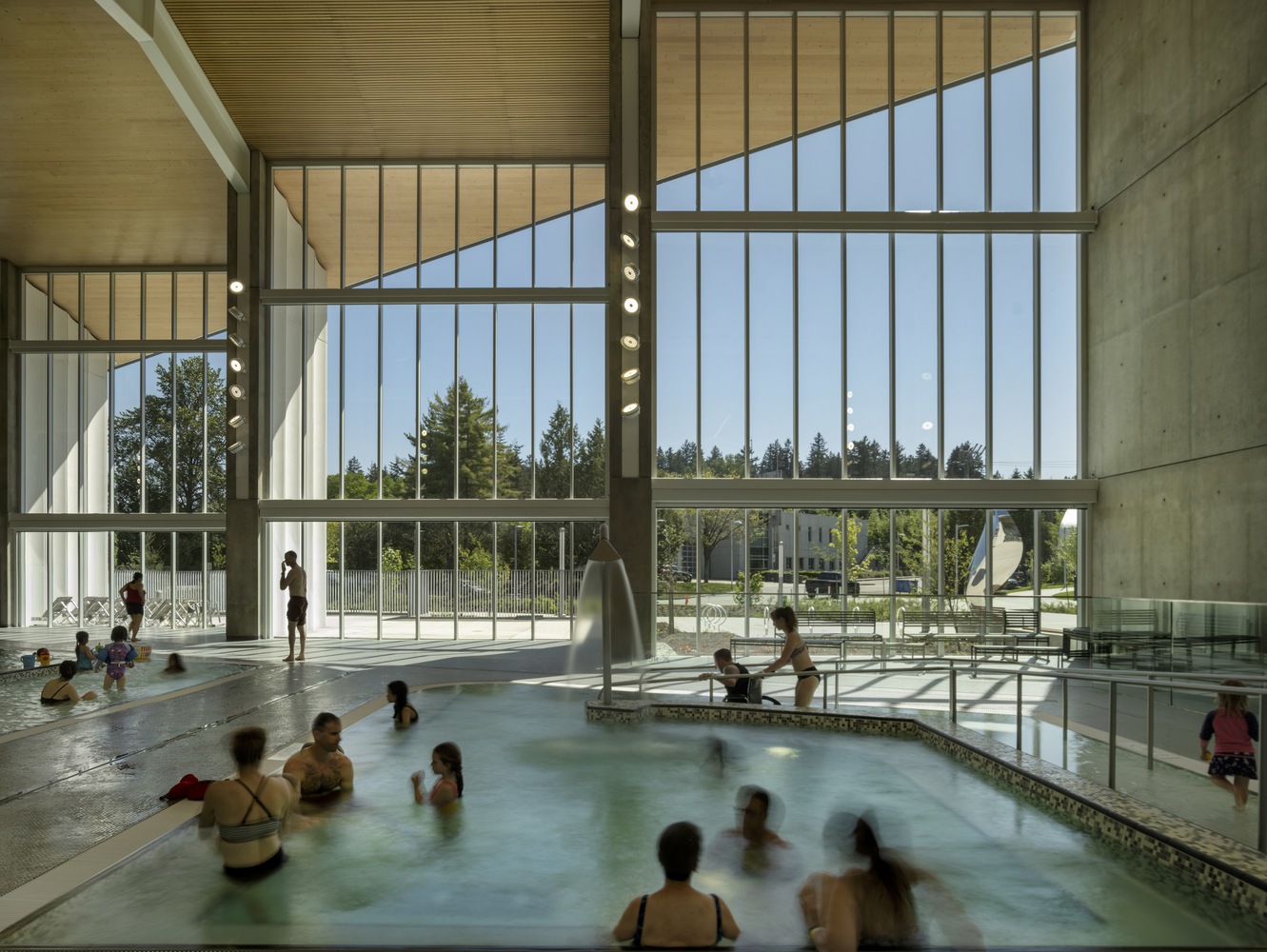
A Community Transformed
The impact of təməsew̓txʷ is already felt. Fully accessible change rooms with motorized tables and sling systems, hearing loop technology, and a pilot program for ASL interpreters in gymnastics classes are just a few examples of how the centre is setting new standards – and showing that accessibility is a journey, not an end goal.
"This isn’t just a facility—it’s a statement about who we are as a city," Corrinne said. "It’s about creating spaces where everyone feels they belong."
As New Westminster’s gem of a community centre shines on the global stage, it remains, at its heart, a place for the community.
"This isn’t just a facility—it’s a statement about who we are as a city," Corrinne said. "It’s about creating spaces where everyone feels they belong. The feedback we’ve received has been incredible. People feel proud. They feel heard. And they feel at home."
